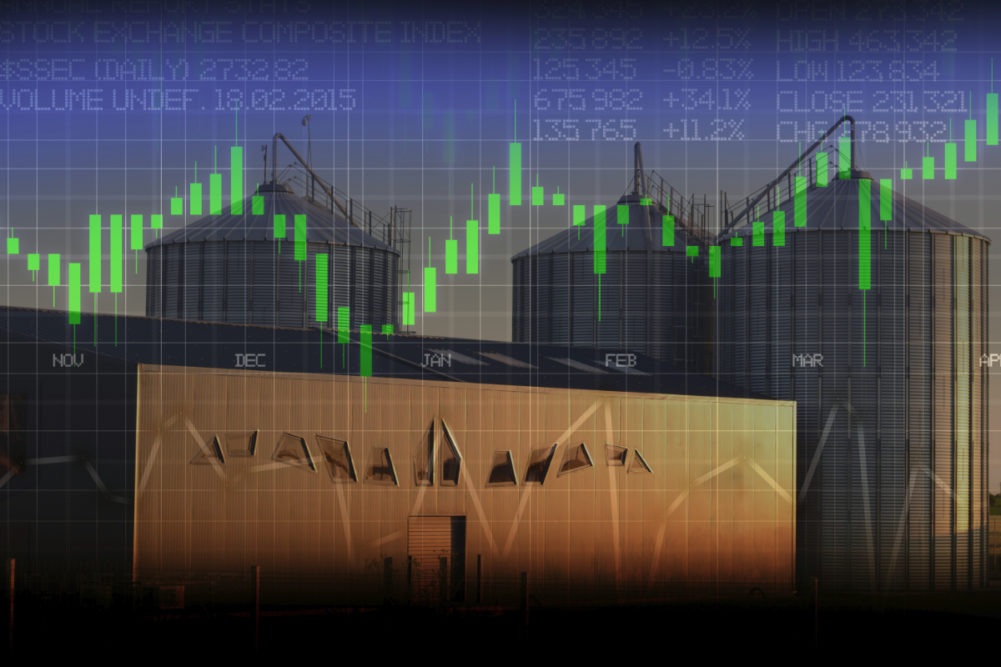ARLINGTON, VIRGINIA, U.S. — This year is expected to bring new considerations to grain and oilseed markets, said Sharon Raszap Skorbiansky, an agricultural economist in the commodity analysis branch of the economic and policy analysis division of the Farm Production and Conservation Business Center, told participants at the 2020 Agricultural Outlook Forum held Feb. 21 in Arlington. Those considerations include the phase one agreement with China, the ongoing contagion coronavirus, African swine fever and hiked tariffs under a new administration in Argentina.
A stronger dollar also will play a role in export trade, she said. Growth in real gross domestic product in 2019 at 4% was the lowest expansion rate since the financial crisis, she said. The United States is expected to maintain that level of GDP growth despite some weakness in the manufacturing sector. China’s GDP growth is expected to decline, and that country’s own forecasts may underestimate the decline, Skorbiansky said.
The U.S. dollar, now showing moderate strength after a weakening period, will affect all commodities in the short term. If it continues to advance, it will hurt U.S. exports.
Regarding phase one, “What’s the deal with the deal?” Skorbiansky asked to open her overview of the agreement signed between Beijing and Washington.
It “supports expansion of ag exports to China,” she said. “It commits China to purchase specific values of U.S. agricultural products over a 2017 baseline. Energy goods also will be over a 2017 baseline. It specifies China make these purchases on a commercial basis following seasonal trends.”
The main quandary is lack of specificity on which commodities will be purchased. New tariff exemptions were announced Feb. 18 in which Chinese companies apply and are awarded exemptions after the government considers market conditions.
“We understand they will be following seasonal patterns and that coronavirus might affect the timing,” she said.
In light of record prevented planting acres in corn, soybeans and wheat 2019, the USDA will reexamine its acreage numbers in the spring. The previous record year, 2011, was about half the 2019 prevent plant acres, she said. Continued wetness is a strong possibility in 2020.
“If soil moisture is above average, that can delay spring planting and affect choices of what farmers put in the ground,” Skorbiansky said. For now, “We will assume normal spring planting and normal prevent plant levels.”
As far as forecasted total corn, soy and wheat acreage 2020 was seen increasing over 2019’s dip, but essentially marking a return to normal at less than 1% below 2018. The next updates will be contained in March Planting Intentions report followed by the May World Agricultural Supply and Demand Estimates report.






